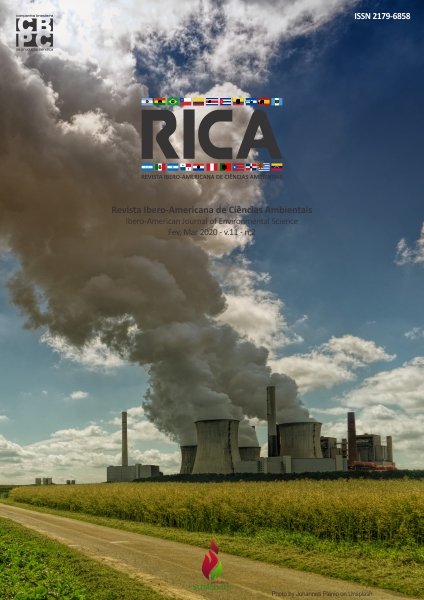Classification of the volumetric potential of an area submitted to forest management in the Tapajós National Forest
DOI:
https://doi.org/10.6008/CBPC2179-6858.2020.002.0005Keywords:
Forest Harvest, Group Analysis, Stock ClassesAbstract
The objective of this work was to classify the volumetric potential in an area subject to sustainable forest management in the Tapajós National Forest. The data come from the Annual Production Unit (UPA) 08 of the forest management area of the Tapajos Cooperative (COOMFLONA). Data were obtained from the 100% Inventory of Work Units (UTs), where all trees with Diameter at Breast Height (DBH) ≥ 35 cm were inventoried and only the data of 26 commercial species explored by COOMFLONA were used. We realize the classification of volumetric potential for a randomly chosen UT. For volumetric stratification, we used the simple Euclidean distance as a measure of dissimilarity and the Ward method as clustering algorithm. We applied the discriminant analysis to verify the veracity of the distinction and the classification of the blocks in homogeneous classes of volumetric stock. UT-06 was stratified into 3 classes of volumetric stock, being I, II and III, which represent, respectively, the high, medium and low volumetric stock classes. The discriminant analysis indicated that the classification of the blocks in the volumetric stock classes was 100% correct. We observed that the blocks grouped within the same class of stock are more homogeneous with each other compared to those grouped in the other classes. The clustering analysis proved to be an effective method of stratification of heterogeneous natural forest areas, and could serve as a subsidy for planning sustainable management actions, such as defining more productive areas and selecting trees for harvesting.
Downloads
Downloads
Published
Issue
Section
License
The CBPC - Companhia Brasileira de Produção Científica (Brazil CNPJ: 11.221.422/0001-03) the material rights of the published works. The rights relate to the publication of the work anywhere in the world, including rights to renewals, expansions and dissemination of the contribution, as well as other subsidiary rights. All electronically published works may subsequently be published in printed collections under the coordination of this company and / or its partners. The authors preserve the copyright, but are not allowed to publish the contribution in another medium, printed or digital, in Portuguese or in translation.









